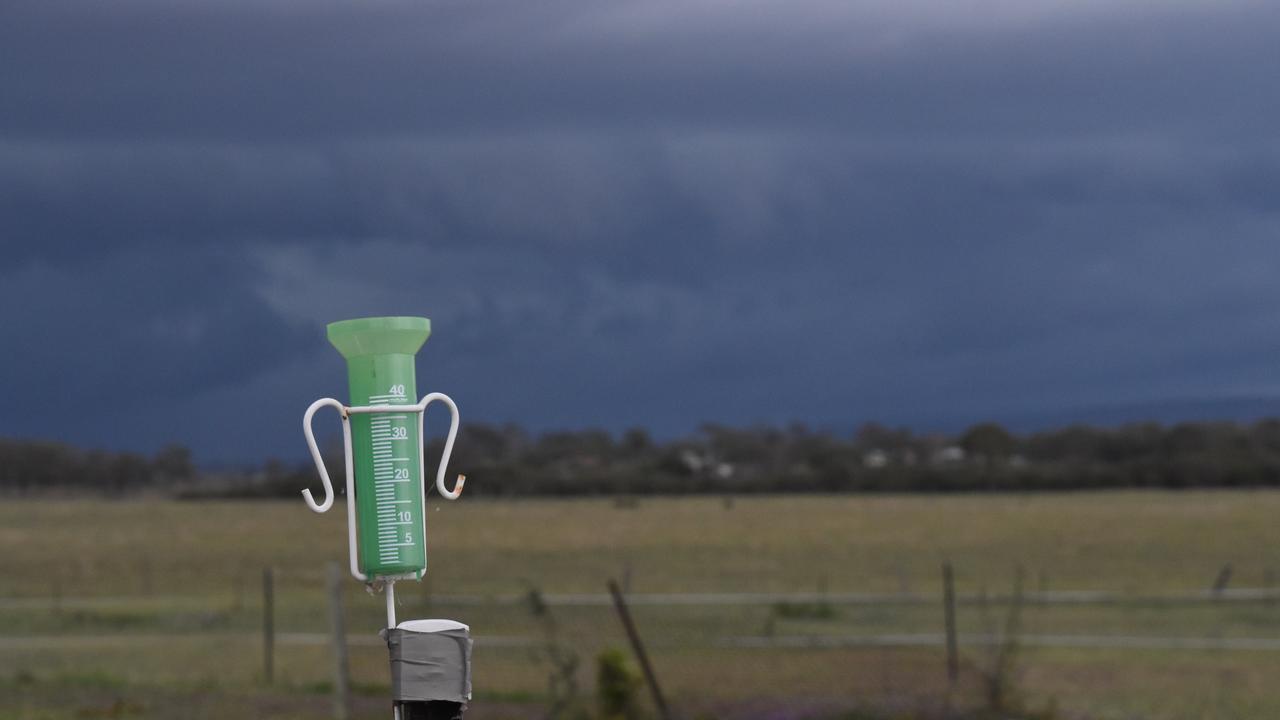Dry times hit hard
Dry times are taking hold at a crucial time when some farmers desperately need rain, while concerns rise about fast declining soil temperatures.
Livestock producers throughout much of southwest Victoria, southeast of South Australia and Tasmania desperately need heavy rain, as a light frost in some areas on Monday morning raised concerns about fast declining soil temperatures.
Conditions have been described as “awful” with many looking to protect breeding numbers as the dry conditions extend into late autumn.
But croppers to the north are fairing better, with some having an ideal start.
The lack of good rains throughout the coastal areas has impacted farmer confidence, showing up in weakened demand for lighter cattle at store sales last week and falls of 20c to 40c in prime sales early this week. The Eastern States Young Cattle Indicator dropped 19c in seven days, to 570c/kg yesterday.
The hit-and-miss rain that arrived in early April has dried up throughout much of southern NSW and Victoria, with no significant rain forecast in this Anzac Day week - traditionally the deadline for a good autumn break.
Up to 300mm of rain fell in parts of northern NSW and Queensland earlier this month, but many districts in Victoria and South Australia missed out, and continue to receive little.
At Bordertown, in the southeast of South Australia, no rain has been measured so far for April. According to the Bureau of Meteorology, 12.4mm of rain fell in March, with no follow-up falls in April. Traditionally, this region can expect falls of 16.5mm in March and 26.9mm in April.

Meanwhile, rainfall throughout Victoria in the past seven days has been negligible. Daylesford had 5mm, Kyneton 2mm, and Yea, just 0.8mm.
Farmers at Warragul had 7mm, while Casterton and Cobden have both received 10mm.
There has been negligible rain in southern NSW in the past seven days, with Yanco measuring 0.6mm.
Nutrien agent Josh Macdonald said Mortlake’s store cattle sale last week drew little local competition due to doubts over the season.
“It really is tough enough here,” he said, “especially down towards the coastal areas, people just don’t have feed.”
Vendor Ron Mills, Terang, said prices were “just OK, but I just have to sell, like most farmers in the area, their cattle just have to go because we need the feed for cows”.
In Tasmania, TasFarmers president Ian Sauer, Pipers Brook, said conditions were “awful”.
He said all of Tasmania, including Flinders and King Islands had a severe rain deficit.
“Tasmania had a pretty good winter last year, Mr Sauer said.
“In ‘23 the spring looked as though it was going to be okay, and then it just cut off. It just was instantly cut off. It was weird. There was no there was no lead, and there was no warning. It just went from good to bad within a better month. It was just quite extraordinary.”
Croppers are in a better position in many regions. Forest Hill farmer Andrew Dumaresq has already sown canola at his southern NSW property and recently moved onto wheat.
He said 45mm of rain fell earlier this month and had set sowing up for an almost perfect start after some paddocks were extremely wet last year.
Meanwhile, canola is trending at $649/tonne delivered to ports in Victoria, wheat is tracking at $341/tonne and lentils are holding value at $985/tonne.




